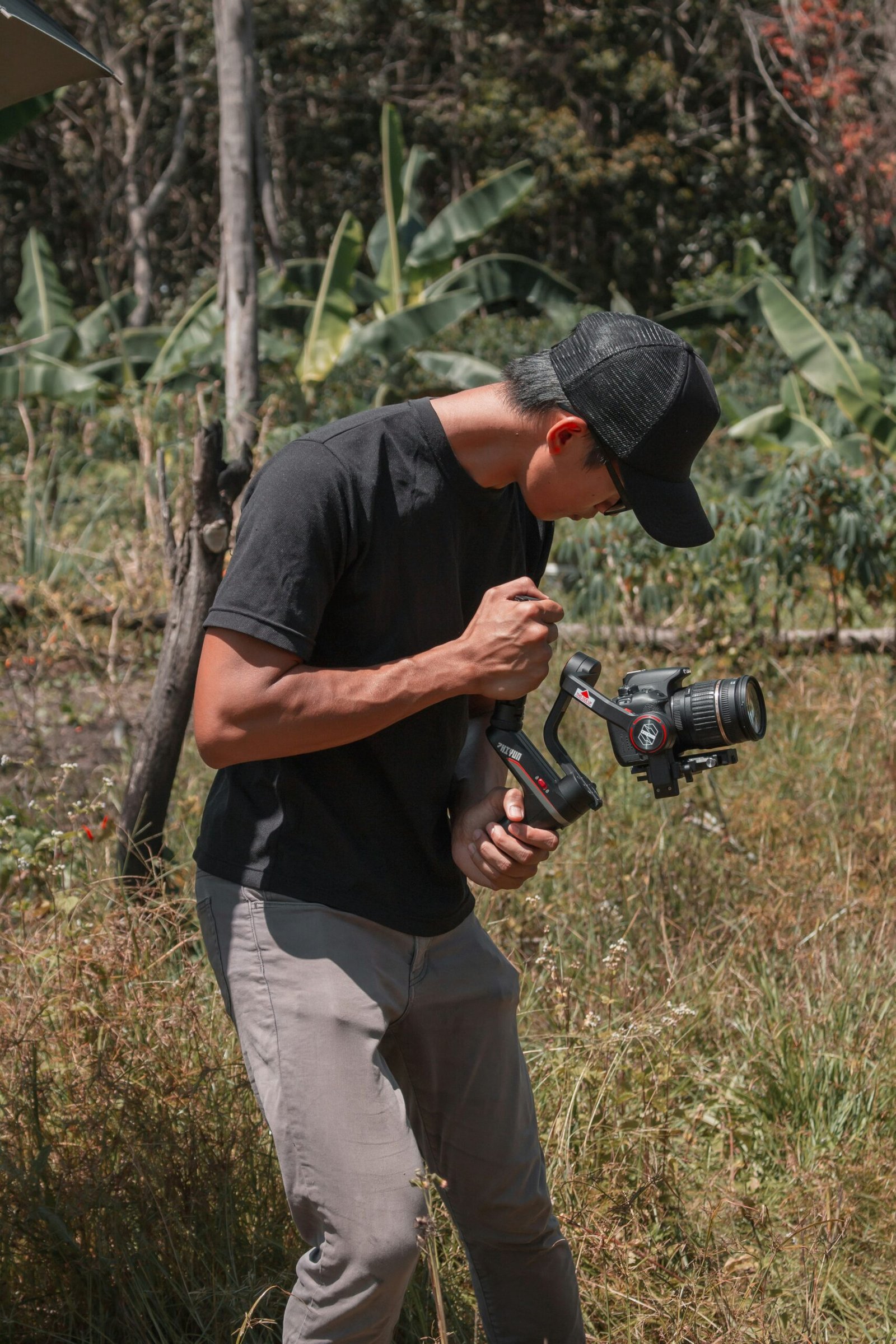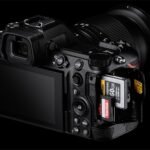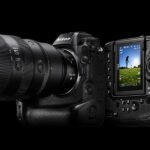Ultimate Guide to the Best Camera for Sports and Wildlife
Ultimate Guide to the Best Camera for Sports and Wildlife. Are you an avid sports or wildlife photographer looking to take your craft to the next level? Do you struggle to capture those perfect moments due to limitations in your camera equipment? Look no further, as we have compiled the ultimate 2023 camera guide specifically tailored for sports and wildlife photography. Whether you’re a professional or just starting out, this comprehensive guide will provide you with all the information you need to master your skills and elevate your photography game. So get ready to discover the best cameras on the market that will enable you to capture stunning shots of fast-moving subjects and elusive wildlife like never before.

Introducing the Ultimate Guide to Sports and Wildlife Photography Cameras in 2023
Are you a sports or wildlife enthusiast looking to take your photography to the next level? Look no further than the ultimate guide to the best camera for sports and wildlife photography in 2023. With advancements in technology, there are more options available than ever before. But with so many choices, it can be overwhelming to determine which one is right for you. This guide will break down everything you need to know when selecting your camera, from factors such as sensor size and autofocus capabilities to lenses and accessories that will enhance your photoshoots. Additionally, we’ll provide expert tips on how to make the most of your new camera while capturing stunning images of animals in their natural habitats or athletes pushing themselves beyond their limits. Don’t settle for ordinary snapshots – invest in a quality camera that will help you unlock your full potential as a photographer.
Factors to Consider When Choosing a Camera for Sports and Wildlife Photography
When choosing a camera for sports and wildlife photography, there are several important factors to consider. Fast autofocus is crucial when capturing fast-moving subjects such as cheetahs or soccer players. Look for cameras with advanced autofocus systems that can track moving objects accurately and quickly.
Another key factor is the ability to shoot at a high frame rate, which allows you to capture multiple images in quick succession. This is especially important in sports photography where you don’t want to miss a decisive moment.
Additionally, consider the sensor size of the camera as larger sensors tend to produce better image quality, particularly in low light conditions. High ISO performance should also be considered if you plan on shooting in challenging lighting situations such as at dawn or dusk.
Finally, choose a lens with appropriate focal length for your desired subject matter whether it’s birds soaring across the sky or football games from afar. A telephoto lens with image stabilization will help achieve sharp focus even when photographing handheld.
Taking all these considerations into account will ensure that you invest in a camera that meets your needs and captures stunning photos of wildlife and sports scenes alike.
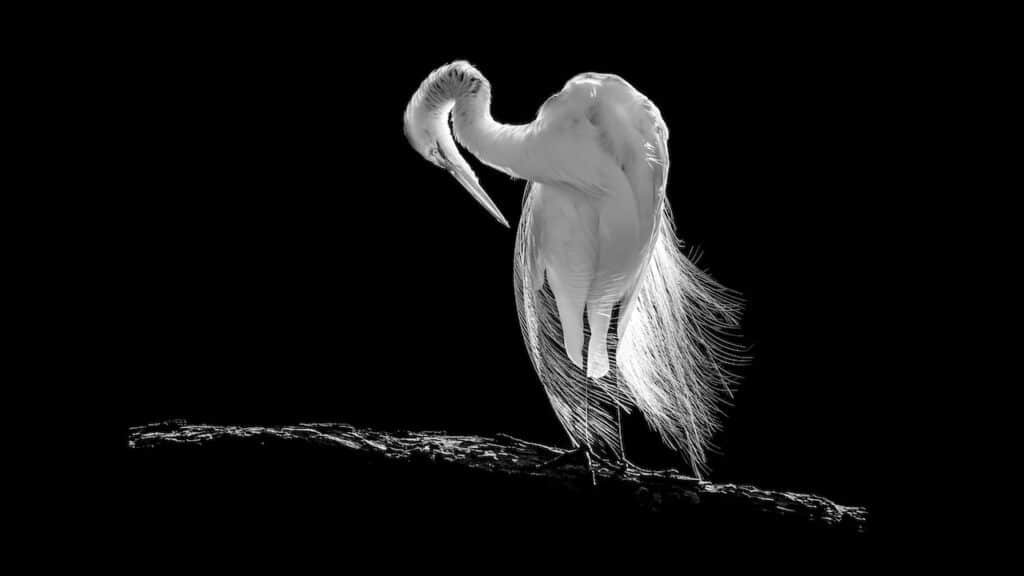
The Top 5 Cameras Recommended for Sports and Wildlife Photography in 2023
The Top 5 Cameras Recommended for Sports and Wildlife Photography in 2023
When it comes to capturing fast-moving subjects like sports and wildlife, having the right camera is crucial. Here are the top 5 cameras that are perfect for sports and wildlife photography in 2023:
- Canon EOS-1D X Mark III – This camera is a top choice for professional photographers with its impressive autofocus system, fast burst shooting, and high ISO performance.
- Nikon Z9 – Another favorite among professionals, the Nikon Z9 boasts a powerful autofocus system, fast shooting speeds, and excellent low-light performance.
- Sony Alpha A9 II – This mirrorless camera offers lightning-fast autofocus, high-speed continuous shooting, and exceptional image quality.
- Fujifilm X-T4 – With its compact size and lightweight design, the Fujifilm X-T4 is a great option for photographers on the go. It also has impressive autofocus capabilities and can shoot up to 15 frames per second.
- Olympus OM-D E-M1X – This micro four-thirds camera may be smaller in size but it packs a punch with its advanced autofocus system, fast burst shooting, and a weather-sealed body.
Consider your specific needs as a photographer when choosing the best camera for you. Investing in the right camera will help you capture stunning images of sports and wildlife in 2023.

Expert Tips for Mastering Sports and Wildlife Photography with Your New Camera
Understanding Shutter Speed: Capturing Fast-Moving Subjects with Precision
To capture fast-moving subjects with precision in sports and wildlife photography, understanding shutter speed is crucial. A fast shutter speed of at least 1/1000th of a second is recommended to freeze motion and avoid blur. However, in low-light situations, a slower shutter speed may be necessary, but it can result in motion blur if not used correctly. To avoid this, use a tripod or stabilize your camera against a solid surface. Additionally, using burst mode can increase your chances of capturing the perfect shot. Experiment with different shutter speeds and techniques to find what works best for you and your camera.
The Art of Composition: Framing Your Shot for Maximum Impact and Creativity
When it comes to sports and wildlife photography, capturing the right moment can make or break your shot. But it’s not just about timing; framing is also crucial. One key tip for successful composition is to use the rule of thirds. This means dividing your frame into three equal parts horizontally and vertically, then placing your subject at one of the points where those lines intersect. Another important aspect is choosing a strong focal point that draws the viewer’s eye towards it. This could be an animal’s eye, an athlete in action, or an interesting pattern in nature. By mastering these techniques, you can take stunning photos that capture both impact and creativity while using the best camera for sports and wildlife photography in 2023.
Importance of Aperture: Controlling Depth of Field to Create Stunning Images
Controlling depth of field is crucial for sports and wildlife photography. By adjusting the aperture, you can control how much of your subject is in focus and create stunning images that capture the essence of the moment. Fast lenses with wide apertures like f/2.8 or wider are perfect for this type of photography as they allow more light to enter the lens, making it easier to achieve a shallow depth of field.
Another important aspect to consider is focus tracking, which allows your camera to follow moving subjects within its autofocus area. This ensures that your subject remains in focus even if it moves around, giving you sharper and clearer images. When photographing fast-moving subjects such as animals or athletes, using continuous autofocus mode combined with an appropriate shutter speed can result in breathtaking shots that freeze action while maintaining sharpness on the intended subject.
Mastering Manual Mode: Taking Full Control of Your Camera Settings
To truly capture the beauty and action of wildlife and sports, mastering manual mode on your camera is essential. This allows you to customize settings such as aperture, shutter speed, and ISO to perfectly capture the moment. Start by experimenting with different settings in a variety of lighting conditions to get comfortable with how they affect your photos. Utilize burst mode for capturing fast-moving subjects like animals or athletes in motion. And don’t forget that practice makes perfect – keep honing your skills and trying new techniques until you feel confident in your ability to capture stunning shots every time.
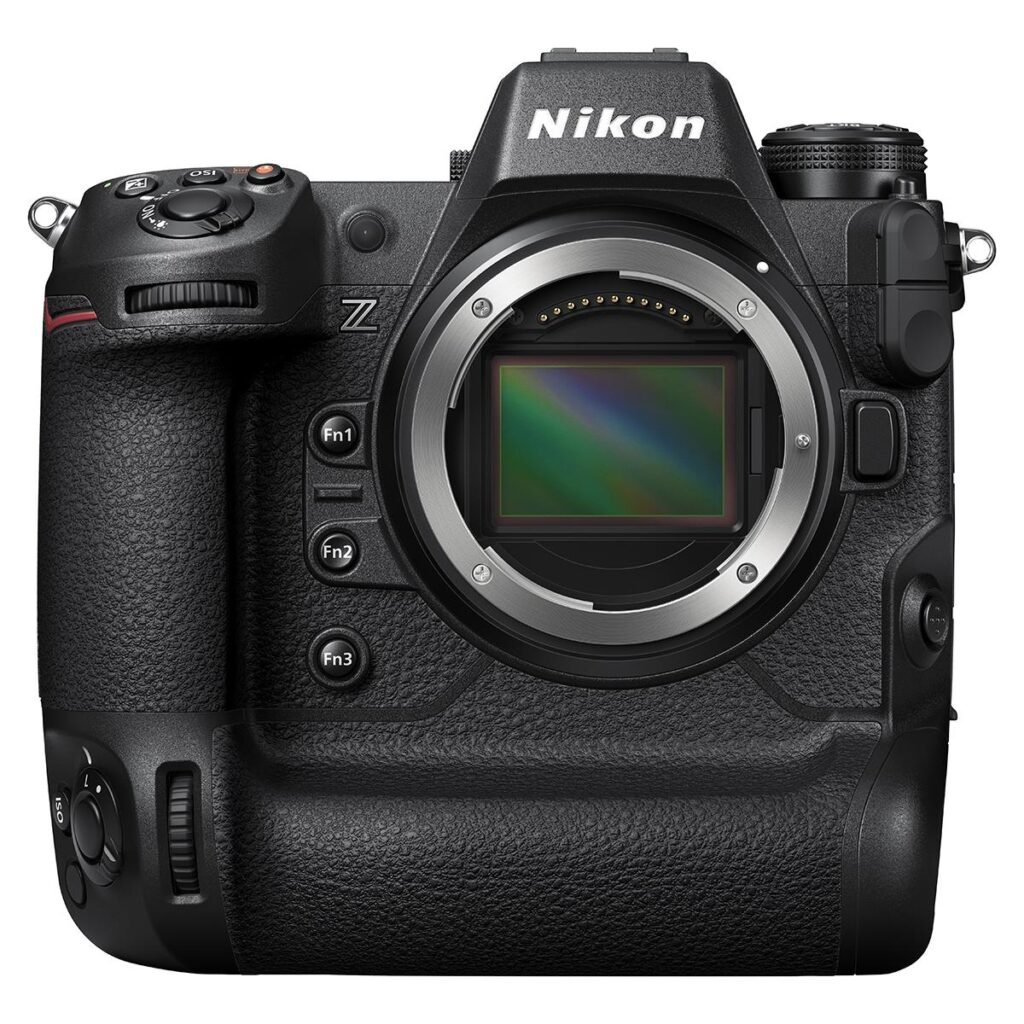
Final Thoughts: Investing in the Right Camera for Your Future as a Photographer
Investing in the right camera for your future as a photographer is crucial. Choosing the best camera for sports and wildlife photography in 2023 will not only improve the quality of your photos but also make your work more efficient. Remember, your camera is an investment that should last you several years, so it’s important to consider your long-term goals as a photographer.
When selecting a camera, think about the features that are most important to you and how they will help you achieve your goals. Don’t forget to consider factors such as durability, weather resistance, and battery life.
Investing in a high-quality camera for sports and wildlife photography in 2023 can be expensive, but it’s worth it if you’re serious about pursuing this type of photography. Consider it an investment in yourself and your future as a photographer.
Remember to take care of your camera by cleaning it regularly and storing it properly. With the right equipment and skills, you can capture stunning photos of wildlife and sports that will leave a lasting impression on viewers.
In conclusion, investing in the right camera for sports and wildlife photography is crucial for any aspiring photographer. With the advancements in technology, there are numerous options available in the market. However, it’s important to consider factors such as autofocus speed, image stabilization, and frame rate when choosing a camera. Our ultimate guide has recommended the top 5 cameras for sports and wildlife photography in 2023, along with expert tips to help you master your craft. Remember, your camera is an investment in your future as a photographer, so choose wisely and capture those breathtaking moments with ease. Happy shooting!
FAQ
Who should consider buying a camera for sports and wildlife photography?
Anyone who enjoys capturing fast-moving or unpredictable subjects.
What makes a camera good for sports and wildlife photography?
A fast autofocus system, high burst rate, and long telephoto lens.
How do I choose the right camera for sports and wildlife photography?
Consider your budget, desired features, and specific photography needs.
What if I can’t afford an expensive camera for sports and wildlife photography?
Look for more affordable options with decent autofocus and burst rate.
How can I improve my sports and wildlife photography skills?
Practice regularly, learn about your subjects, and experiment with settings.
What if I don’t have access to sports or wildlife subjects to photograph?
Practice with other fast-moving subjects, such as pets or children.


